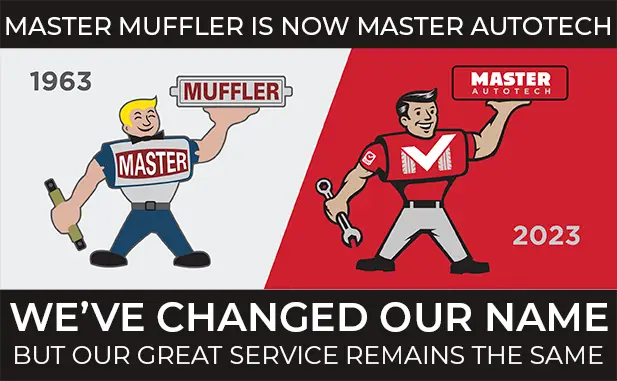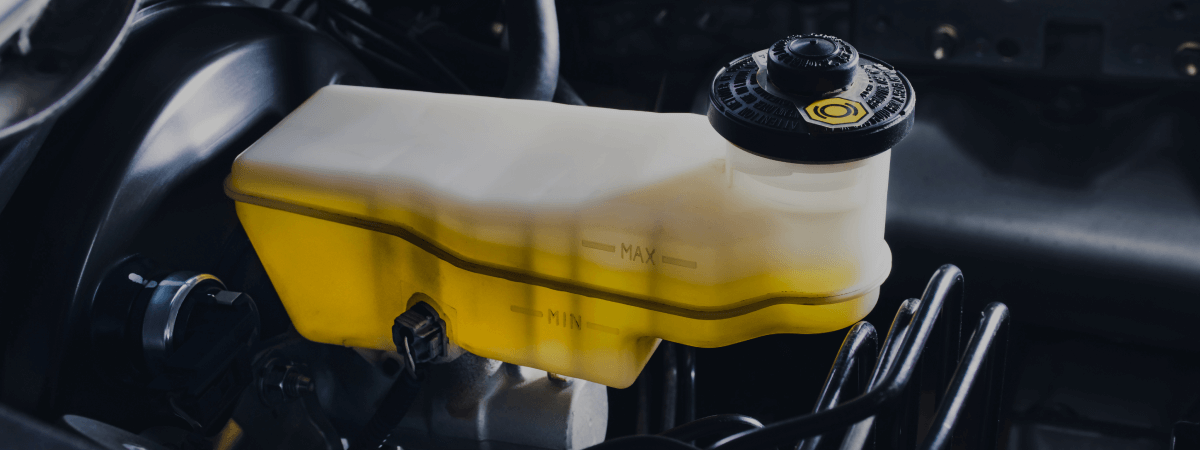There are a handful of brake problems that most frequently require repair. Knowing about these six brake problems can help a car or truck owner be better prepared for what a particular brake repair might entail, before even going in to the auto repair shop.
Starting with spongy braking, this is when the brake feels soft when applied. Spongy brakes can be caused by one of several things: air bubbles in the line, a leak (often from the wheel cylinders in drum brakes), low fluid, or a faulty master cylinder. If your brakes feel spongy, have the car towed for repair, because it could mean you’re about to lose brake function altogether.
Hard braking means that the driver has to apply excessive force to the brake pedal to stop the car. Hard braking could be caused by a kink in the line, a leak in the brake booster, or a vacuum leak going to the brake booster.
Shuddering brakes make the steering wheel or even the whole car vibrate when the brake pedal is pressed down. The rotors might be warped from worn down brake pads or excessive heat. This condition can be caused by cheap pads which create more heat than quality pads would.
Grinding brakes may mean that the brake pads have been worn completely off. This means that metal is grinding against metal, as the metal base of the brake pad presses directly against the metal rotor.
If, upon examination, the rear pad on a particular wheel is wearing down a great deal faster than the front pad on the same wheel, you may have a caliber problem. The brake caliber, in this case, doesn’t retract like it should, rapidly wearing down the brake pad.
If the brake light is on, it could indicate a leak, air bubbles in the line, a faulty sensor, or low fluid. If the ABS light is on, it is often a wheel sensor that needs repair or replacement. If either light is on, your local auto repair center can look up the code with a code-reader to tell you exactly what the problem is.
Related Posts
Key Takeaways On average, passenger vehicle tires last 40,000 to 60,000 miles, depending on type, driving habits, and maintenance. Replace tires when tread depth reaches 2/32”, if damaged, or older than 10 years. Regular rotation, alignment, and proper inflation extend tire life. Aggressive driving, poor roads, and harsh weather shorten tire lifespan. Take advantage [...]
When you think about car maintenance, you probably focus on oil changes, tire rotations, and maybe even brake pad replacement. But what about your brake fluid? If you’ve ever wondered, “What does brake fluid do?” or “Why is brake fluid important?”, you’re not alone. Brake fluid might not be the most talked-about part of [...]
Is that high-pitched squeal from your brakes driving you—and everyone else—crazy? Don’t ignore it. Squeaky brakes aren’t just annoying, they’re your car’s way of saying something needs attention. Whether you're cruising through Salt Lake City or winding up Idaho’s mountain passes, here’s what’s likely going on, how you can fix it, and when it [...]





